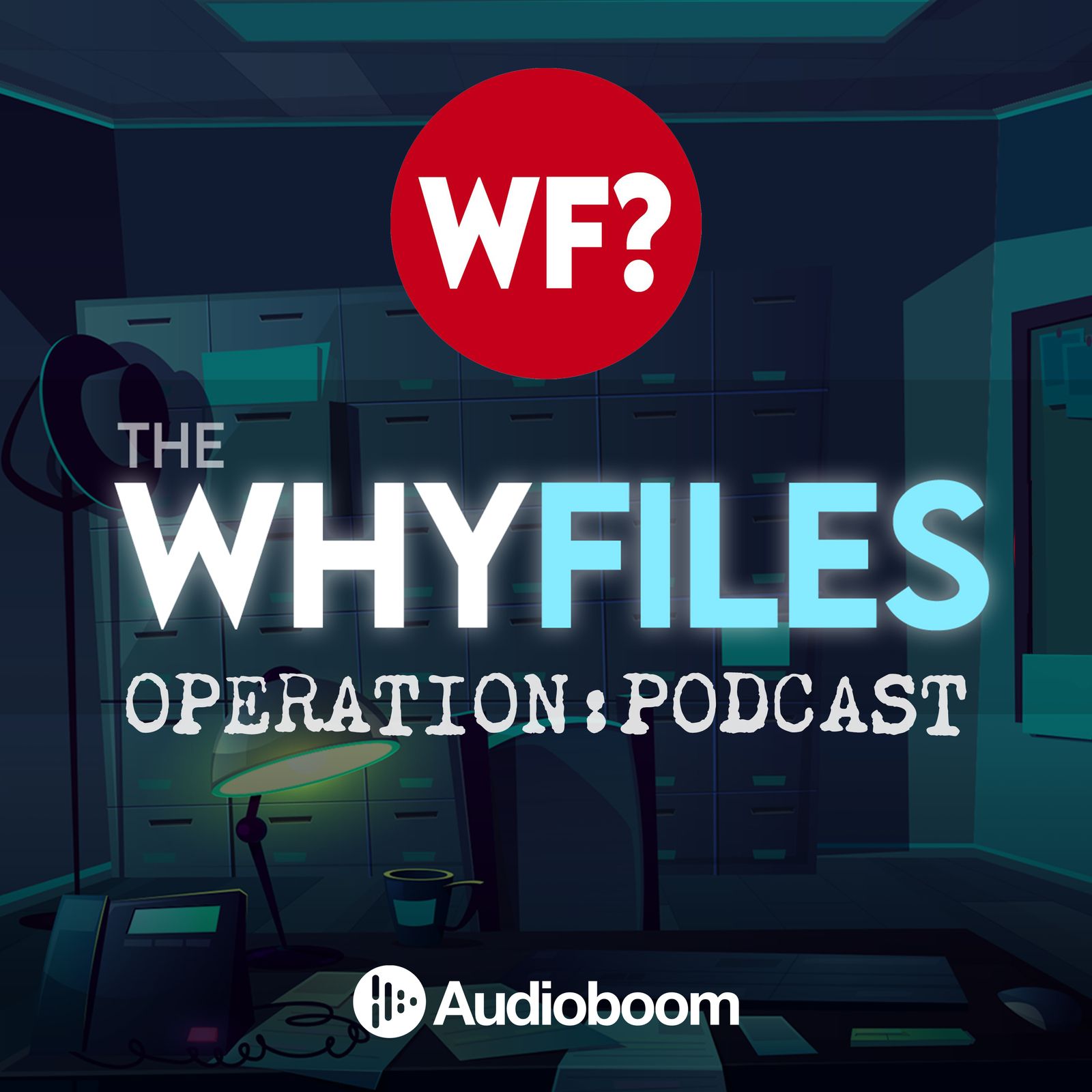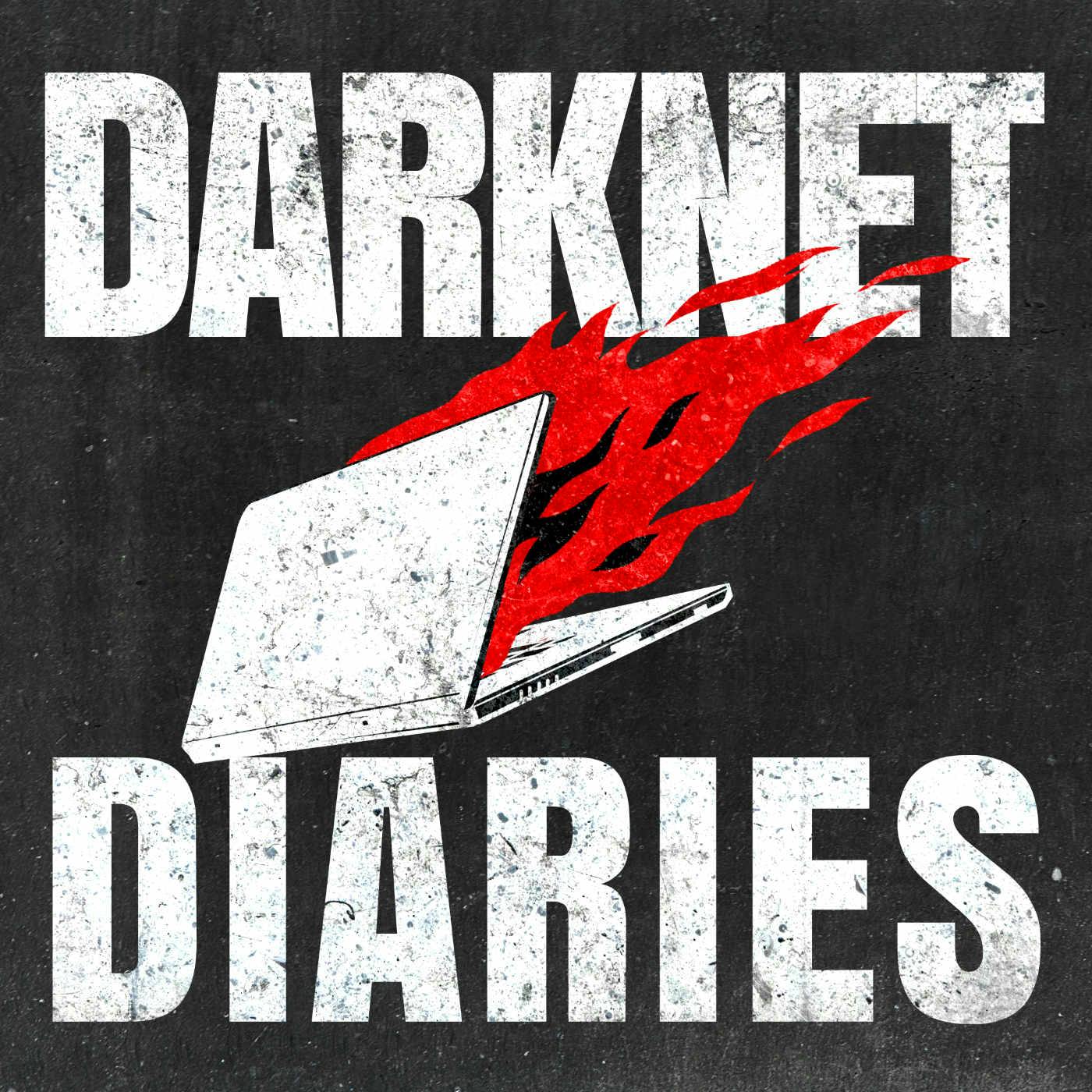
Fully Modulated
I’m Tyler, and I’ve been fascinated by radio since getting my first AM/FM radio as a kid. On Fully Modulated, I dive into the history of radio and television, exploring the stories behind the medium and taking you behind the scenes to see how it all works.
From vintage broadcasts to modern digital signals, we break down the technology and uncover the forgotten moments that shaped how we communicate and entertain. Whether it’s the science of transmission or the creative chaos of production studios, I make the complex stuff easy to understand.
This is an independent podcast, not affiliated with any radio station, television network, or media company.
Tune in for the stories that keep us all fully modulated.
Fully Modulated
How Broadcasters and Engineers Manage EAS
Send me a text message with your thoughts, questions, or feedback
Have you ever wondered what happens between a tornado warning being issued and that jarring alert interrupting your favorite radio show? Behind those familiar tones lies a sophisticated network of stations, protocols, and dedicated professionals working to keep you informed and safe.
As a broadcast engineer who manages several emergency alert system sites, I'm pulling back the curtain on this critical public safety infrastructure. We'll explore how alerts flow through a carefully designed pyramid structure – from specially hardened Primary Entry Point stations that can operate even when the grid goes down, through State Relay stations, to the Local Primary broadcasters responsible for getting warnings to your local stations. You'll discover why redundancy is built into every level, how modern systems blend traditional over-the-air monitoring with internet-based protocols, and what happens in those crucial moments when an alert arrives at a station.
The human element proves just as fascinating as the technology. We'll examine how engineers balance automation with oversight, the careful filtering that determines which alerts interrupt programming, and the constant maintenance required to keep everything running smoothly. From required weekly tests to FCC compliance logs, there's a whole world of activity happening behind those emergency tones. Whether you work in broadcasting or simply appreciate knowing how these systems protect your community, you'll gain new appreciation for the emergency alert infrastructure that stands ready 24/7. Listen now to understand what happens when danger strikes and seconds count.
Buzzsprout - Podcast Hosting
Podcast hosting made simple. Sign up and we both get $20 credit when you upgrade to paid plans.
If you enjoyed the show, be sure to follow Fully Modulated and leave a rating and review on Apple Podcasts or your favorite podcast app—it really helps more people discover the show.
Fully Modulated is not affiliated with or endorsed by any station, media company, or network. All opinions are solely my own.
If you enjoy Fully Modulated, please like, follow, share and leave a review wherever you get your podcast. Your support helps others find the program. I'm Tyler Woodward, a seasoned senior broadcast engineer for a network of public media stations. I've been doing this since 2014,. And I'm currently certified from the Society of Broadcast Engineers as a CBNT.
Speaker 1:This is Fully Modulated where signal meets podcast. It's a show for the curious, whether you work in broadcasting or you're just fascinated by what happens when you hit play and that voice comes out of your speaker. We explore the how and the why behind the broadcast world, especially from the engineering side. Today we're going into the emergency alert system again, but this time we're looking at how the people and the processes behind it make it all work. We're talking automation, human oversight, alert relays, state plans and the engineers and stations that keep the system running even in the most chaotic moments. Because the truth is, when an alert comes through through, there's a whole chain of command, a carefully choreographed system of stations, filters, priorities and decisions before it ever reaches you, and in the middle of all of that there's an engineer who's checking logs, listening to the audio and hoping that nothing breaks.
Speaker 1:The emergency alert system is designed like a carefully tiered pyramid. Every layer has a job. When FEMA issues a national alert, say, in a genuine national security situation, it doesn't go out to every single broadcaster at once. It goes first to a handful of highly protected, carefully chosen stations known as the Primary Entry Point Stations or PEPs. These are mostly powerful AM stations that have backup power, hardened transmission sites and security clearance. They're built to keep things running even when the grid goes down. From there, the message doesn't go straight to your local NPR affiliate or your favorite classic rock station. It passes through a state relay station or SRs, which act kind of like a distribution hub inside of each state. These are stations that rebroadcast alerts from the PEPs and pass them along to local broadcasters. Myself, I currently engineer a few SR sites myself and they're a critical part of the system Part automation, part watchdog.
Speaker 1:Next we reach the local primary level LP1 and LP2 stations. Lp1s are the go-to source for most stations in a given area. They're monitoring the SRs, the PEPs and often a National Weather Service source. Lp2s are designed to be the backup. If an LP1 goes offline or is unreachable for whatever reason, the LP2 can step in. I've worked at both LP1 and LP2 stations and there's a constant awareness that you're carrying the responsibility not just to your own listeners but to the entire regional broadcast ecosystem.
Speaker 1:This whole relay system is enforced by the FCC and coordinated through state EAS plans. Each station is told exactly who to monitor your EAS decoder. A device like a Sage Indec or a DASDAC is set up to listen to at least two sources and it's always listening 24-7, waiting for a valid alert. Of course there's one more piece in play, and that is CAP, or the Common Alerting Protocol. Cap messages come over the internet from sources like the National Weather Service, fema or state officials. These messages include more than just audio. They can have text, graphics and even location maps, and most modern EAS gear blends over-the-air alerts with CAP messages automatically. Redundancy is the name of the game. If one path fails, say a relay station's off the air, cap can still get a message through, or vice versa.
Speaker 1:The goal is that, no matter what happens, the alert gets to air. So that's the listening side of the system. But what happens when an alert is actually received? How do stations decide what to air and when, let's say, a tornado warning is issued for Dane County, wisconsin, your local LP1 station receives it from a nearby weather radio station. Now what the EAS decoder immediately kicks in. First it's going to check the event code In this case it's TOR, which stands for tornado warning. Then it checks the geocode using what's called FIPS. Is this alert meant for one of the counties we're configured to serve? If both match and the event is considered high priority, it triggers the automatic relay and goes to air.
Speaker 1:For most stations the process is entirely automated. Alerts get aired instantly, overriding whatever is on the air your favorite song, your favorite show, it all stops. The alert tones play, followed by the warning message. But not every station is completely hands-off. Some choose to hold certain alerts for manual review, especially things like amber alerts, civil emergencies or anything from a non-weather source. In those cases a live operator or engineer reviews the alert, decides if it's relevant and then manually pushes it to air. That adds a layer of scrutiny that can prevent misfires.
Speaker 1:Engineers also have to think carefully about their filters. Every EAS decoder has a filter table, a set of rules that say what kind of alert could pass through in for which locations and under what conditions. For example, a flood advisory 150 miles away probably shouldn't interrupt your classical music programming in Milwaukee, but a tornado in your immediate county? Well, that needs to be on the air right now. And then there's the test. Every station is required to send a required weekly test, rwt, and participate in a required monthly test, rmt. These might just be short bursts of tone and text, or they might include audio, depending on the configuration. Tone and text or they might include audio, depending on the configuration. Tests are vital, not just for the system's health but for FCC compliance. If you're off the air during your assigned RMT window, you'd better have that in your log and you better have a good reason why. Behind all of this are the engineers updating software, tweaking filters, double-checking coverage maps and making sure the audio quality stays clean and intelligible.
Speaker 1:We balance automation with human oversight, because we've all seen what happens when an alert goes out with garbled audio, bad text-to-speech or even the wrong location. And when something does go wrong, it's not just a technical issue, it's a trust issue. Listeners rely on alerts to mean something. If we interrupt programming for the wrong thing or too often for irrelevant warnings, people start tuning them out. It's called alert fatigue and it's a real thing. That's the worst-case scenario. So our job is to make sure alerts are timely, accurate and relevant. So if you find this podcast helpful, please take a moment to like, follow, share and leave a rating or review. Your feedback helps others discover, fully Modulated and supports our growth.
Speaker 1:Now let's dig into what EAS equipment is really doing behind the scenes. Every message it receives is parsed into four key categories the event code. The nature of the alert, such as TOR, cem, ean and well others. The Originator Code, who sent it, like the National Weather Service, civil authorities or the president himself. Fips Codes defining the counties or areas affected. The duration how long the alert should be considered active.
Speaker 1:Modern EAS units are smart enough to decide what to air and what to reject based on this data. They can also log every action they take. That logging is vital. It's your paper trail. If the feds come to inspect your station, one of the first things they look for is your EAS log. Did you receive the weekly and monthly test? Did you relay them? If not, why? Most index and DAS decks let engineers fine-tune these responses. You can prioritize national alerts over local ones. You can block certain alerts from auto-forwarding. You can even set up different policies by day part. Maybe alerts are auto-forwarded during the overnight hours but held for review during the morning show.
Speaker 1:The deeper challenge is getting all the tech to play nicely together. Eas isn't just one box doing one job. It has to work with your station's automation system, maybe your satellite feeds and sometimes even remote control gear. As engineers, we also have to watch for quirks. For example, a poorly formatted cap alert can cause a decoder to glitch or reject a valid message, or a relay station might error a message twice by mistake, causing double playback. Things like long silence, gaps, badly encoded audio or misaligned headers can all trip up the chain.
Speaker 1:Cap integration, while powerful, brings its own risk. As one engineer told RadioWorld, the more moving parts you add, the more you have to test it regularly. Cap helps reach more devices, but it also adds complexity. That's a trade-off we constantly manage. Ultimately, it's all about reliability. Eas is one of the few systems we have that can reach nearly every American in real time. Our job is to just make sure that it all works.
Speaker 1:Today, we explored how EAS actually works behind the scenes. Eas actually works behind the scenes From the national PEP stations to state relays, to local LP1s and LP2s. We looked at how alerts are received, filtered, relayed and sometimes reviewed by humans before hitting the air, and we dove into how engineers configure and maintain the gear that makes it all happen balance and trust, compliance and clarity every step of the way. In the next episode, we'll look at eas in action real world examples of when alerts work perfectly and sometimes when they didn't. What happens when the stakes are high and the clock is ticking.
Speaker 1:If you've got a cool story about EAS or maybe a question that you want answered, text it to the link in the episode description. Whether you're an engineer or maybe just a curious listener, I'd love to hear from you. Thanks for listening to fully modulated. If you haven't already, please like, follow, share and rate the show. It really helps other people find us. You can also become a modulator by supporting the show for as little as three bucks a month. All you got to do is visit fullymodulatedcom to sign up and help keep the podcast going strong. Thank you,
















